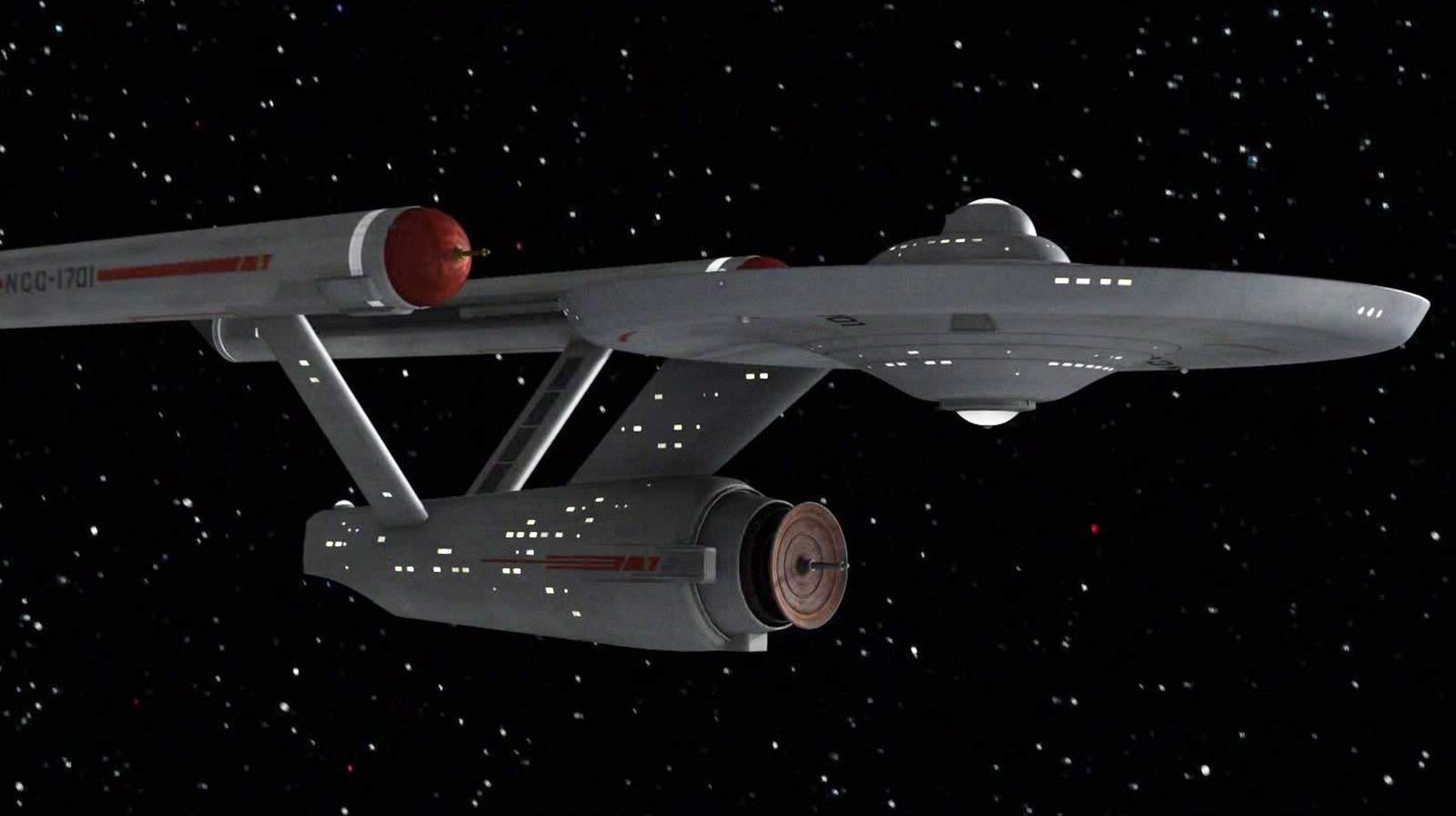Celebritiy
Gene Roddenberry’s Starship Design Principles for Star Trek Explained

Gene Roddenberry’s Rules for Designing Starships in Star Trek: A Deep Dive
Star Trek first graced our screens in 1966, and audiences have been captivated by the U.S.S. Enterprise ever since. The iconic ship, with its distinctive flying saucer shape, slender neck, and elongated body, complete with a prominent satellite dish, is now ingrained in the fabric of science fiction. The Enterprise features two distinct nacelles perched on either side, which are reminiscent of a streamlined design rather than a purely aesthetic choice. It took until 1979 for the Enterprise to be updated for “Star Trek: The Motion Picture,” where it was made sleeker, though aerodynamic concerns are irrelevant in the void of space.
The original design of the Enterprise came from Matt Jeffries, who conceptualized not only the ship but also its bridge and various other iconic elements within the Star Trek universe, including handheld phasers and Klingon vessels. Interestingly, Jeffries created designs for shuttlecraft that were ultimately simplified based on creative direction from Gene Winfield. Under Roddenberry’s vision, the ship’s imposing engines were intended to be distanced from the hull due to their powerful nature. He outlined four key principles that guided Jeffries in the creation of the starship.
First, Roddenberry asserted that warp nacelles should be in pairs. Though his starship design guidelines would only be codified during the era of “Star Trek: The Next Generation” in 1987, these concepts were already emerging in the design of the original Enterprise. The twin engines not only introduced visual symmetry but also evoked a sense of speed. This design diffuses the notion of traditional rocket-like forms seen in franchises like Star Wars, which leaves fans questioning propulsion techniques in zero gravity.
Roddenberry’s second rule specified that warp nacelles must maintain at least a 50% line-of-sight with one another across the ship’s hull. This insistence influenced the design of both the original Enterprise and its successor, the Enterprise-D, crafted by Andrew Probert. Probert sought to create a more fluid aesthetic, ensuring that the nacelles were not only visible but also placed slightly above the ship’s main body, aligning with Roddenberry’s vision.
The third principle revolved around the visibility of the warp nacelles from the front. Both nacelles on the Enterprise are capped with red tips, known as Bussard ramscoops, which serve a practical function by collecting cosmic particles during travel. The design mandate stipulated that these components remain unobstructed, showcasing them when viewed from the front.
Lastly, the bridge’s positioning is crucial according to Roddenberry’s design philosophy. The bridge is prominently situated on the top center of the primary hull. This layout reflects a non-combative nature, giving the ship a civilian appearance. The visual implication was one of exploration rather than aggression, although some critics have pointed out the tactical vulnerability this design choice presents.
In addition to these four fundamental rules, Roddenberry’s vision for starship design extended to the environment that the Enterprise would navigate. He desired a ship that would not produce visible signs of propulsion, aiming for a cleaner aesthetic devoid of smoke trails or exhaust. This concept aligns well with the eco-conscious theme of Star Trek, which some fans recognize as the vessels operate on controlled matter-antimatter reactions.
Throughout the long-standing history of Star Trek, specific design elements have remained constant. For example, each starship features a main deflector dish, essential for navigating at faster-than-light speeds, while impulse engines are typically represented as glowing red structures on the back. The thoughtful engineering behind these designs has fostered a continuity of visuals and themes within the Star Trek universe, reinforcing the notion that mission planning and navigation require both precision and elegance.
In sum, Gene Roddenberry’s design principles for Star Trek starships underline not only aesthetic choices but also the fundamental technological concepts that continue to captivate audiences. These guidelines have stood the test of time, shaping how we perceive space exploration in one of the most celebrated franchises in science fiction history.
